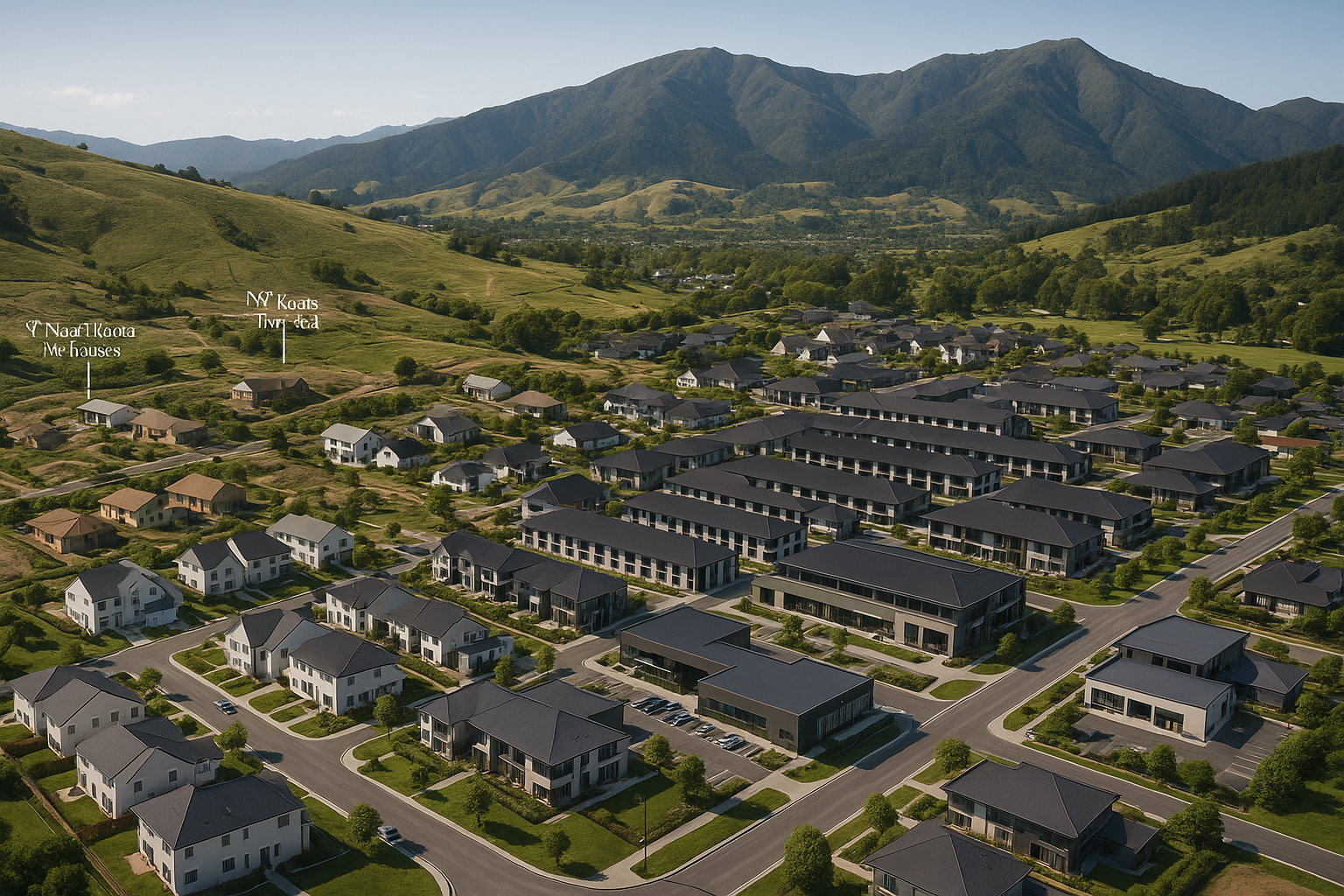New Meth Rules Bring Clarity and Safety for NZ Tenants and Landlords
The new framework, introduced by Associate Housing Minister Tama Potaka, will establish clear thresholds for meth residue levels and outline when and how properties must be tested and decontaminated.

- Country:
- New Zealand
The New Zealand Government has announced new, science-based regulations to clarify and standardize how methamphetamine contamination is managed in rental properties, ending years of uncertainty for tenants and landlords.
The new framework, introduced by Associate Housing Minister Tama Potaka, will establish clear thresholds for meth residue levels and outline when and how properties must be tested and decontaminated. The regulations are expected to come into force next year, following final drafting and Cabinet approval.
“For too long, a lack of legislative rules for acceptable levels of methamphetamine residue in rentals has caused long-standing confusion and disproportionate responses to low levels, which evidence shows are unlikely to pose any risk,” said Potaka.
A Clear, Science-Based Approach
Under the new rules, rental properties will be deemed contaminated if methamphetamine residue exceeds 15 micrograms per 100 square centimetres (15µg/100cm²). Properties with levels above this threshold will require decontamination until levels are reduced to or below that mark.
Where contamination levels exceed 30µg/100cm², landlords and tenants will have the option to end the tenancy immediately, providing flexibility for both parties in severe cases.
In addition, landlords will be required to engage professional testers in specific circumstances—such as when there is reasonable evidence of contamination—to ensure testing and cleanup are handled by qualified professionals.
Testing and decontamination will follow scientifically robust procedures based on New Zealand Standard 8510:2017 — the national standard for testing and cleaning meth-contaminated properties.
Balancing Safety, Fairness, and Cost
The new regulations aim to balance safety with fairness and affordability, a key concern raised by both landlords and tenants during consultation. Over the past decade, confusion over meth residue thresholds has led to inconsistent responses, unnecessary evictions, and expensive clean-ups — sometimes based on levels later deemed to pose little or no health risk.
“Landlords and tenants deserve clarity on when rentals must be tested for residue, what should be done to ensure risks are managed, and how these issues should be navigated during a tenancy,” Potaka said.
The Government’s approach is precautionary but proportionate, ensuring public health is protected without imposing undue costs on property owners or unfairly displacing tenants.
Informed by Experts and Public Consultation
The rules follow extensive scientific and public consultation involving a wide range of stakeholders, including the New Zealand Institute for Public Health and Forensic Science, community housing providers, tenancy advocates, academic researchers, and representatives from the testing and decontamination industry.
Expert input confirmed that very low levels of meth residue—below 15µg/100cm²—are unlikely to pose health risks, aligning with international evidence and research.
Potaka said the regulations would help restore confidence to the rental market:
“People can have confidence that these regulations have been informed by expert advice and grounded in evidence. They provide a clear, practical framework that protects health, ensures fairness, and reduces unnecessary costs for both landlords and tenants.”
Clearer Rules for Abandoned Goods
The new rules will also set out clear procedures for handling abandoned goods in contaminated properties, ensuring that safety protocols are followed while maintaining fairness for tenants. Items left behind in affected properties will need to be managed carefully to prevent recontamination or exposure to harmful substances.
Looking Ahead
Once the regulations take effect, landlords and property managers will need to update their tenancy agreements and maintenance procedures to comply with the new requirements. The Government plans to release guidance materials and training for both landlords and tenants to ensure smooth implementation.
The introduction of these new meth management standards represents a major step toward consistency and transparency in New Zealand’s rental housing sector. With the changes, both landlords and tenants can expect greater certainty, fewer disputes, and improved confidence that rental homes are safe, healthy, and fairly managed.










